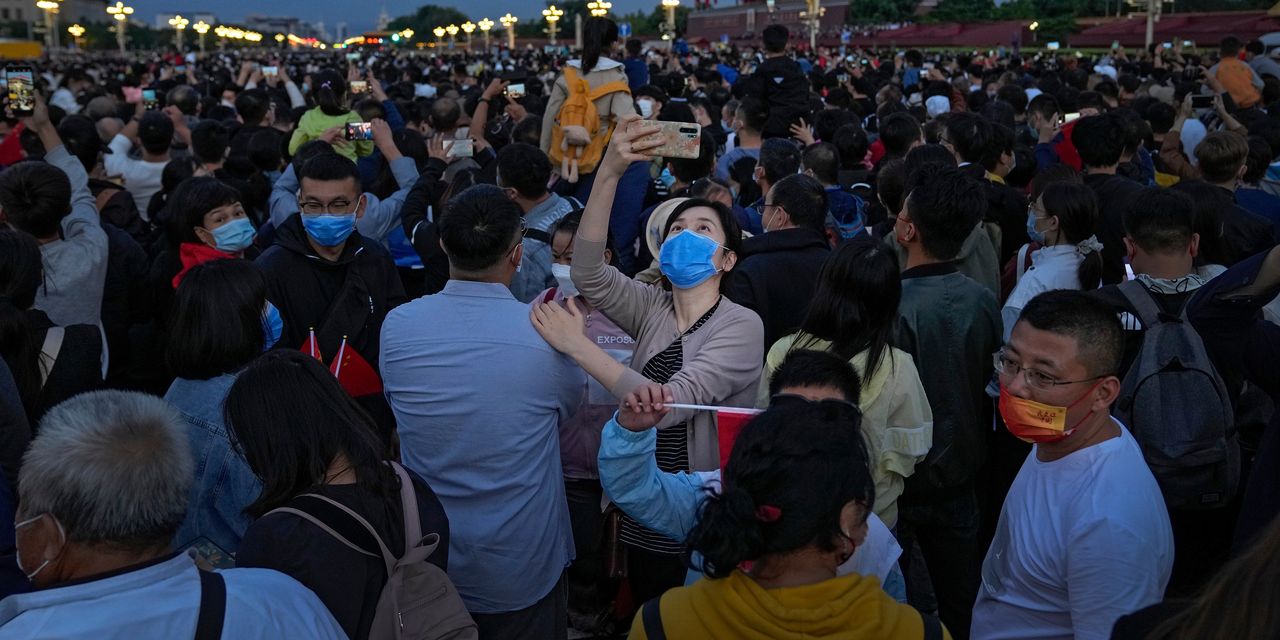
Memory-chip companies rode the Covid-19 wave to record highs. Now that wave has crested and companies will need to figure out how to navigate the trough. Samsung Electronics, with its diversified businesses and market leadership, may weather it better than most.
Memory-chip stocks have retreated substantially from their peaks earlier this year. Samsung is down 21% since January, while SK Hynix is 37% lower than its February peak. Both are still reporting stellar results: Samsung said Friday that its revenue for last quarter could reach a record of the equivalent of $61 billion, while its operating profit would be the highest in three years.
The worry is that heightened demand for electronic devices such as personal computers and smartphones may be coming to an end. Spot prices for DRAM, a memory chip for processing, have come off since April. While big suppliers like Samsung don’t base their sales on spot prices, weaker prices there could eventually hurt contract prices, too. Market researcher TrendForce expects DRAM contract prices to fall 3% to 8% this quarter from the last.
Demand for personal computers, which got an unusual bump from the pandemic, may return to a more normal level quite soon. Goldman Sachs expects PC shipment to fall 12% year over year in 2022. Slowing economic growth in China, the largest smartphone market, may also dent memory-chip demand from mobile devices. And global trade growth as a whole is beginning to slow as well: Volumes have been edging down since March, according to Oxford Economics.
Even prices for memory chips used in servers could suffer a rare decline as cloud companies have been snapping up chip supply aggressively in the past few quarters and now look well stocked. TrendForce estimates that cloud service providers in North America and China have more than eight weeks worth of server DRAM inventory. Component shortages in other parts of the supply chain may have also hurt the build-out of data centers.
The question for investors is how long and how deep the downturn will be. Memory-chip price cycles have lasted around two to three quarters in the past couple of years, according to Goldman Sachs. That is a shorter cycle compared with previously. One reason is that the industry has become more consolidated, especially on the DRAM side, while new sources of demand like cloud servers have helped smooth the cycle. Customers may also prefer to hold more inventory after the disruptions experienced in the past couple of years.
After a plunge this year, Samsung shares have priced in a big part of the slowdown already—although the worst of the chip price fall is probably yet to come. That will inevitably mean a rougher few quarters for the company. But Samsung’s other large businesses like form foundry and telecom equipment could help soften the blow compared with smaller rivals. In the long run, the company still looks like a formidable competitor.
Write to Jacky Wong at [email protected]
Copyright ©2021 Dow Jones & Company, Inc. All Rights Reserved. 87990cbe856818d5eddac44c7b1cdeb8








